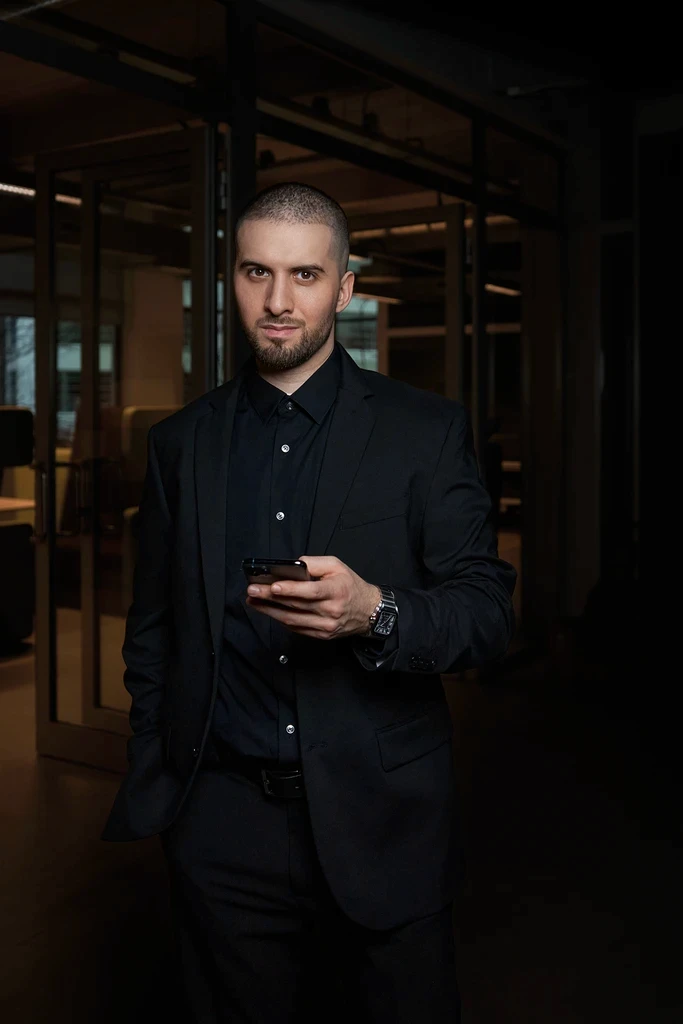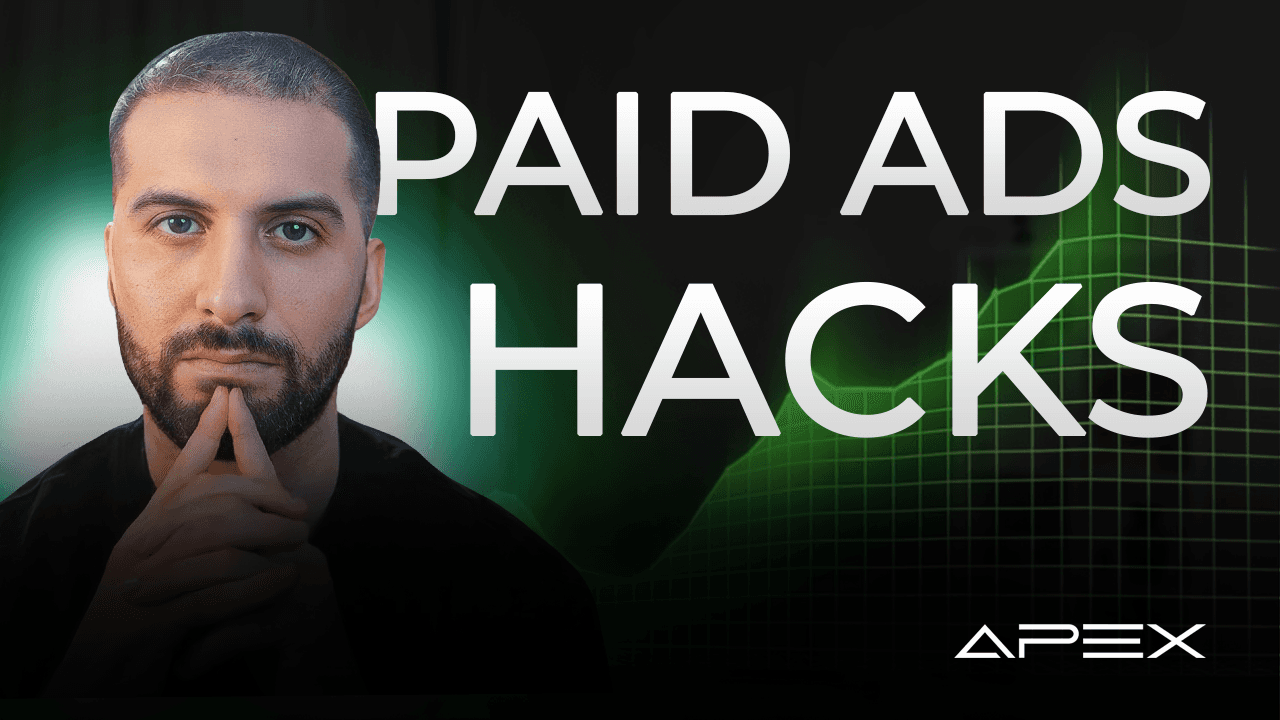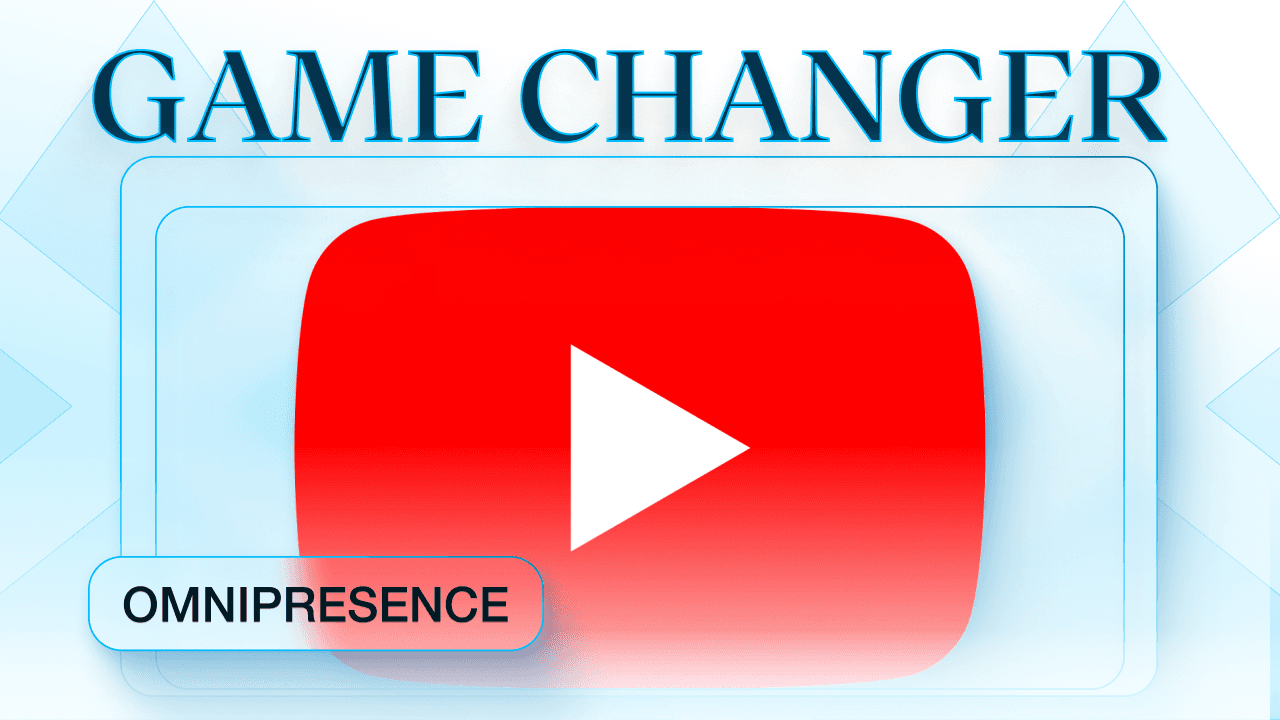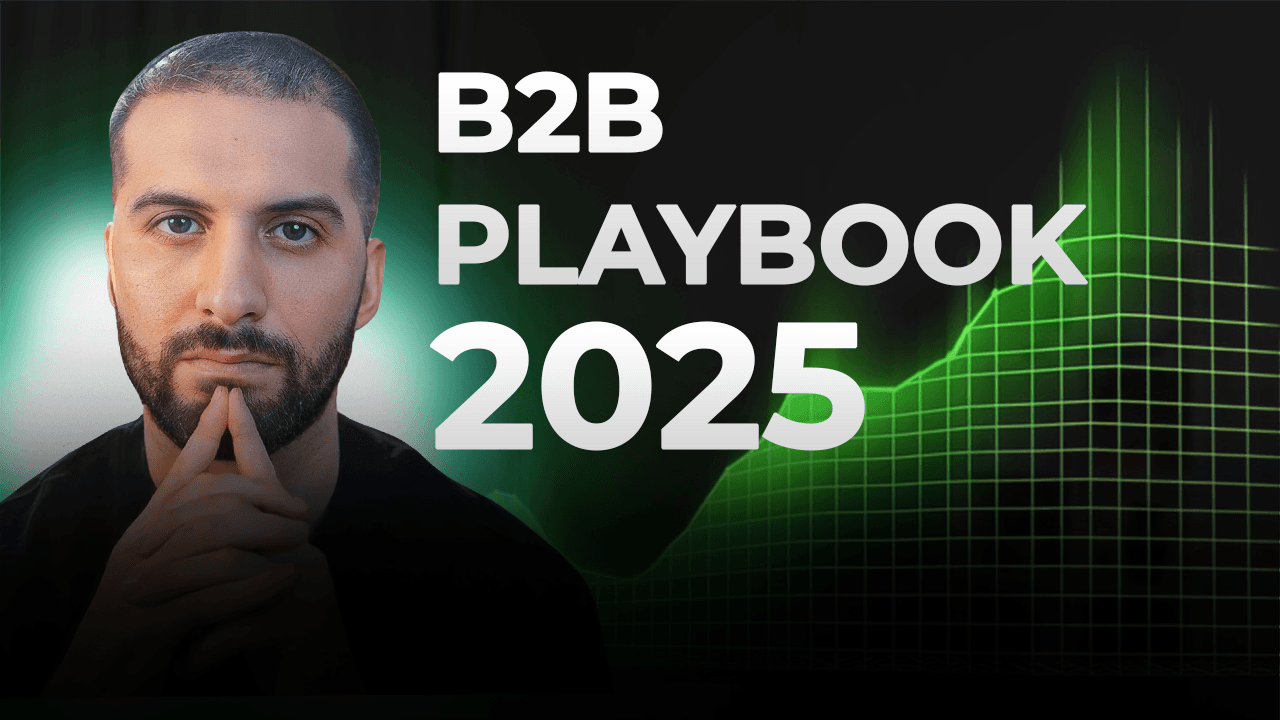1. Native vs. High-Quality Ads: Test Both
Native Ads: These are platform-appropriate, often resembling user-generated content. They feel authentic and casual, blending seamlessly into the user experience.
High-Quality Ads: Professionally produced with polished visuals, lighting, and scripts, these ads target an audience that values sophistication and expertise.
Takeaway: Both styles have their place. Native ads are often cheaper but may burn out faster. High-quality ads might have a higher cost per conversion but can sustain performance longer. Always test both to reach different audience segments effectively.
2. Visual Variety Is Key
Modern audiences have short attention spans, especially on platforms like TikTok, Meta, and YouTube. Ads with dynamic visuals keep viewers engaged longer. Here’s how:
Use multiple camera angles.
Incorporate B-roll footage.
Add animations or text overlays.
Change visuals every 5-10 seconds to introduce new stimuli.
Example: In a campaign for a golf coaching service, ads with varied shots (e.g., the coach playing golf, showcasing the book, and using a golf cart) performed better than static ones.
3. The 5–10 Second Rule
The first 5–10 seconds of your ad are crucial for capturing attention. Use this time to:
Hook your audience with a bold statement, a surprising visual, or a question.
Keep the energy high with sharp edits, zoom-ins, or dynamic transitions.
For younger audiences on fast-paced platforms like TikTok, shorten this interval even further - new stimuli every 1–2 seconds might be necessary.
4. Test More Hooks
Many ads fail not because the content is bad but because the hook doesn’t resonate. Test multiple hooks for the same ad:
A question addressing the viewer's problem.
A bold claim or surprising fact.
A scenario they can relate to.
Case Study: A coaching ad targeted at business owners showed better performance when the opening hook mirrored the audience's pain points (“Do your employees keep asking for instructions? You don’t have a staffing problem—you have a leadership problem.”).
5. Strong On-Camera Performance
Energy, authenticity, and engagement are critical when presenting on camera:
Use expressive body language and gestures.
Speak with enthusiasm, even if it feels exaggerated.
Avoid sounding robotic, especially if using a teleprompter.
Pro Tip: Break scripts into short segments, delivering each with maximum energy. This keeps both the presenter and the audience engaged.
6. Film in Contextually Relevant Locations
Where you shoot your ad matters. The setting should align with your target audience’s interests and the product’s purpose. Examples:
A B2B Consultant Filmed in a Client’s Operational Environment: Showcase strategy sessions, process optimizations, or key stakeholder meetings to emphasize expertise in solving complex business challenges and driving measurable outcomes.
A Creative Agency Filmed in a Studio During a Campaign Shoot: Highlight the behind-the-scenes process of brainstorming, designing, and executing high-impact campaigns, showcasing creativity and collaboration in action.
A SaaS Company Filmed Conducting a Live Product Demo: Demonstrate the software's ease of use and practical applications with real-time walkthroughs, solving common pain points for prospective clients.
A Digital Marketing Agency Filmed in a Collaborative Workspace: Feature team members analyzing campaign data, brainstorming creative strategies, and delivering insights to position the agency as both data-driven and innovative.
A Sales Enablement Platform Filmed During a Customer Success Workshop: Show a hands-on training or onboarding session where customers learn to implement tools effectively, building trust and highlighting tangible results.
These diverse examples focus on the unique strengths and settings of each sector while avoiding repetition, ensuring they resonate with target audiences.
Psychological Impact: Familiar settings make ads more relatable and subconsciously convey authority and expertise.
Conclusion
The key to successful advertising lies in constant testing, optimizing, and understanding your audience. By leveraging visual variety, testing hooks, and ensuring engaging performances in relevant settings, you can create ads that resonate, convert, and leave a lasting impression. https://theapexconsulting.com/

Jousef Murad
Founder of APEX




